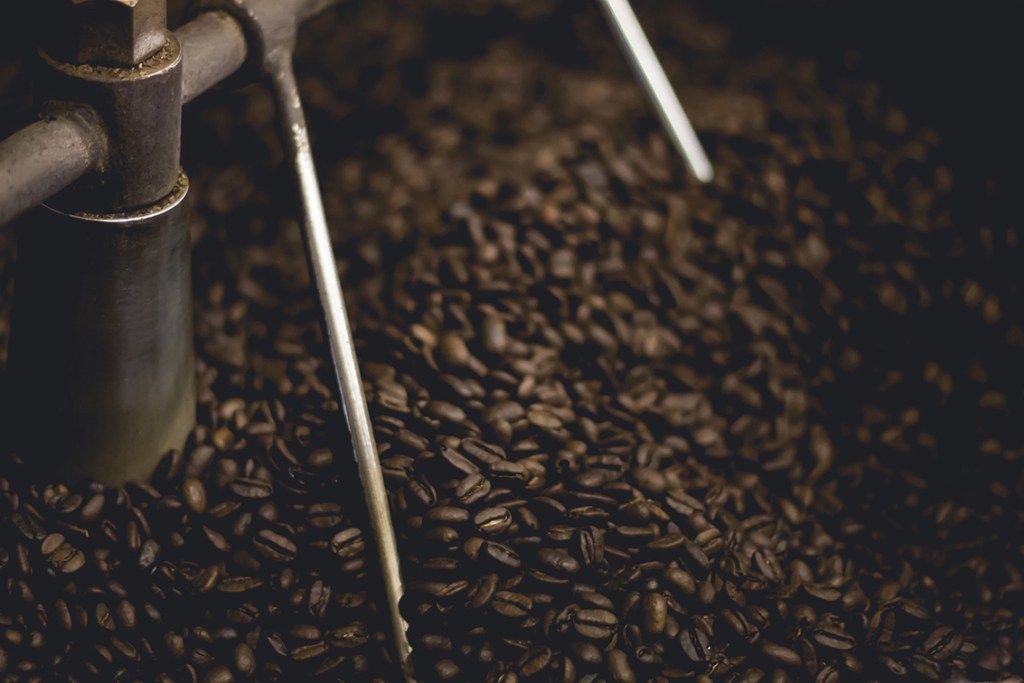Why Robusta coffee varieties with poor flavor evaluation are popular all over the world
For professional baristas, please follow the coffee workshop (Wechat official account cafe_style)

This site introduces the history of coffee. This time it is about the "Robusta species" of one of the coffee bean varieties. Although it is a kind of robusta coffee that is still popular all over the world, the taste and taste of coffee beans are controversial. Let's see how this coffee bean has spread to the world with its historical background.
Discovery of Robusta species
It is said that the countries of origin of the Robusta species are Uganda and Congo in Africa. People living in Uganda have a long-standing habit of biting coffee beans, which seem to belong to the Robusta category.
In 1862, explorers on their first visit to Uganda are said to have discovered Robota beans.
The beginning of cultivation
It is said that Rosta coffee beans were officially cultivated around the end of the 19th century. It seems that the Dutch who found Robusta coffee beans on the Belgian territory of the Congo at the time began to grow them. It was first discovered about 30 years later.
Critical flavor
At first, the rating of the Robusta variety was not very good, and the evaluation in the market was another matter. However, even among the coffee beans released at that time, the low price was affected and gradually spread all over the world.
A big fashion in Holland

During World War I, Robusta coffee beans were popular in the Netherlands. The original Dutch Arabica coffee beans were eroded by leaf rust, but in the 1920s about 80% of Arabica coffee beans became robusta.
After the outbreak in the Netherlands, Robusta species were planted not only in Java, but also in Ceylon, Africa, India and other places.
In 1956, 20% of the world's coffee became robusta coffee, becoming a big market and officially recognized by the New York Coffee Exchange in 1960.
Disease-resistant Robusta species
Robusta species has the advantage of "disease resistance" in cultivation. Arabica coffee plantations were damaged by the spread of "rust" in Indonesia in the 1980s.
The Robusta species appeared at that time. It is understood that since the epidemic of rust, more than 90% of coffee beans in Indonesia have become robusta species.
Robusta species are easy to grow and contain many hybrids.
Robusta species, because the environment does not depend on varieties such as even in strong cultivation is not lowland disease, is mass-produced varieties account for 20% to 30% of the world's coffee production today.
In addition, hybrids with Arabian species also take advantage of this feature. As you can see, the Robusta variety is a good planting variety because of various hybrids such as Alaska, Katim, Wadar and Columbia.
In this way, the Robusta variety quickly spread to the world as a variety capable of mass production.
Important Notice :
前街咖啡 FrontStreet Coffee has moved to new addredd:
FrontStreet Coffee Address: 315,Donghua East Road,GuangZhou
Tel:020 38364473
- Prev

An introduction to the Origin of Coffee in Kenya, one of the most acidic Coffee producing areas
Professional baristas please follow the coffee workshop (Wechat official account cafe_style) although coffee cultivation actively carried out in countries such as Ethiopia has begun to be surprisingly cultivated in Kenya, but it is not yet completed. How has Kenyan coffee become a popular premium brand in European countries? The introduction of coffee is said to have been brought to Kenya in the late 19th century. nineteen
- Next

Where does coffee come from sour, bitter, sweet and sweet? Understand the composition of coffee and coffee roasting
For professional baristas, please follow the coffee workshop (official Wechat account cafe_style). Why do some coffees taste sour like plums? Some even smell like fruit vinegar. Why do some beans look so shiny? Is it because it has been kept for a long time? Why do some coffees taste bitter? And caffeine. . . . Is it caffeine the longer the coffee is roasted?
Related
- Beginners will see the "Coffee pull flower" guide!
- What is the difference between ice blog purified milk and ordinary milk coffee?
- Why is the Philippines the largest producer of crops in Liberia?
- For coffee extraction, should the fine powder be retained?
- How does extracted espresso fill pressed powder? How much strength does it take to press the powder?
- How to make jasmine cold extract coffee? Is the jasmine + latte good?
- Will this little toy really make the coffee taste better? How does Lily Drip affect coffee extraction?
- Will the action of slapping the filter cup also affect coffee extraction?
- What's the difference between powder-to-water ratio and powder-to-liquid ratio?
- What is the Ethiopian local species? What does it have to do with Heirloom native species?

